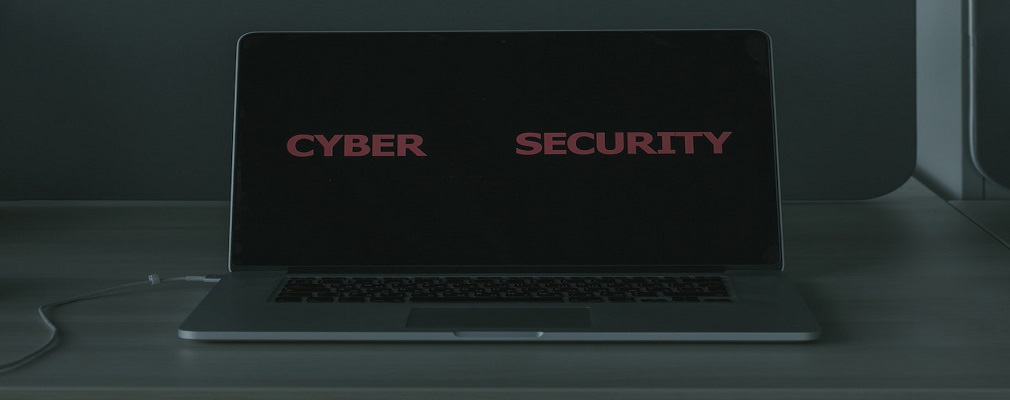Cybersecurity Risks of Remote Work

Remote work has witnessed a surge in popularity, offering employees greater flexibility and convenience while helping employers reduce office costs. Many also attest to the productivity benefits stemming from fewer distractions. Research indicates a remarkable 56% decrease in unproductive time when working from home compared to the office. However, there are certain drawbacks to remote work that necessitate awareness of the cybersecurity risks that come with it. Monitoring device and network security becomes less straightforward, resulting in about 63% of businesses experiencing data breaches due to remote employees.
Nevertheless, this news does not imply that one must compromise security to enjoy the benefits of remote working. Striking a balance is possible by being conscious of cybersecurity concerns and taking appropriate measures to address them.
Below, we will explore some of the primary cybersecurity risks associated with remote work and provide practical tips for both employees and employers on how to mitigate these risks.
Risks of Remote Work & Mitigation Strategies
1. Weak Passwords and Lack of Multi-Factor Authentication
Using weak passwords puts accounts at risk of being breached, especially when the same passwords are reused across multiple accounts. Remote workers frequently access company systems, databases, and sensitive information from various devices.
To address this risk, individuals should create strong and unique passwords for each account and employ multi-factor authentication (MFA) whenever possible. MFA adds an extra layer of security by requiring a second form of verification. Employers can contribute by implementing access management systems that automate authentication processes and deploying safeguards like contextual MFA.
2. Unsecured Wi-Fi Networks
Remote work often entails connecting to various Wi-Fi networks, such as public hotspots or home networks that may lack adequate security measures. These unsecured networks expose sensitive data to potential hackers.
To safeguard company data, employees should use a Virtual Private Network (VPN) and activate it whenever connecting to public or unsecured Wi-Fi networks. A VPN encrypts internet traffic, ensuring data remains secure even on untrusted networks.
3. Phishing Attacks
Phishing attacks continue to pose a prevalent threat, and remote workers are particularly susceptible. Attackers may send deceptive emails or messages to trick users into revealing login credentials or downloading malicious attachments.
To combat phishing attacks, individuals should exercise caution when opening emails, particularly from unknown sources, and refrain from clicking on suspicious links. Verifying the sender's email address and being cautious about providing sensitive information is essential. When in doubt, contacting the IT support team to confirm the legitimacy of communication is recommended.
4. Insecure Home Network Devices
Many remote workers utilize Internet of Things (IoT) devices, such as smart speakers, home security systems, and thermostats. If not adequately secured, these devices can introduce vulnerabilities to the home network.
To address this risk, individuals should change default passwords on IoT devices, keep them updated with the latest firmware, and consider creating a separate network for IoT devices to isolate them from work devices and data. Employers can enhance security for remote teams by using endpoint device managers like Microsoft Intune or similar solutions, which facilitate managing security across multiple employee devices.
5. Lack of Security Updates
Regularly updating devices and software is crucial for maintaining robust cybersecurity. Remote workers may overlook these updates due to busy schedules or limited awareness, leaving systems vulnerable to cybercriminals who exploit outdated software vulnerabilities.
To mitigate this risk, individuals should enable automatic updates whenever possible and consistently check for updates, installing them promptly to ensure the latest security patches are applied.
6. Data Backup and Recovery
Remote workers handle substantial amounts of data, making a reliable data backup and recovery plan essential. Backing up important files to secure cloud storage services or external hard drives ensures data remains safe and can be easily restored in case of device compromise.
7. Insufficient Employee Training
Proper cybersecurity training is crucial for remote workers to understand security risks and best practices. Unfortunately, many companies overlook this aspect, leaving employees unaware of potential threats they may encounter.
Organizations must provide comprehensive cybersecurity training to remote workers, covering topics such as identifying phishing emails, creating strong passwords, recognizing suspicious online behavior, and understanding new forms of phishing, such as SMS-based "smishing."
Assistance in Enhancing Remote Team Cybersecurity
While remote work offers numerous benefits, it is essential to remain vigilant about the associated cybersecurity risks. By proactively addressing these risks and implementing the suggested measures, a secure and productive remote work environment can be achieved. Should you require assistance in enhancing your cybersecurity practices, please do not hesitate to contact us. We are here to help. Give us a call today to call.
About the author
Don is a technically sophisticated and business-savvy professional with a career reflecting strong leadership qualifications coupled with a vision dedicated to the success of small businesses. His skills include the deployment of IT technologies including custom desktops, small networks, and hardware/software solutions all with a focus on the management of security and efficiency to promote growth.
After graduation from the University of Missouri-Columbia, Don spent over 20 years developing and honing his management skills in the small business community in and around the Columbia area.
Coupled with the passion and skills in IT technology, he looks to assist businesses to become highly productive and more profitable with the right IT solutions.